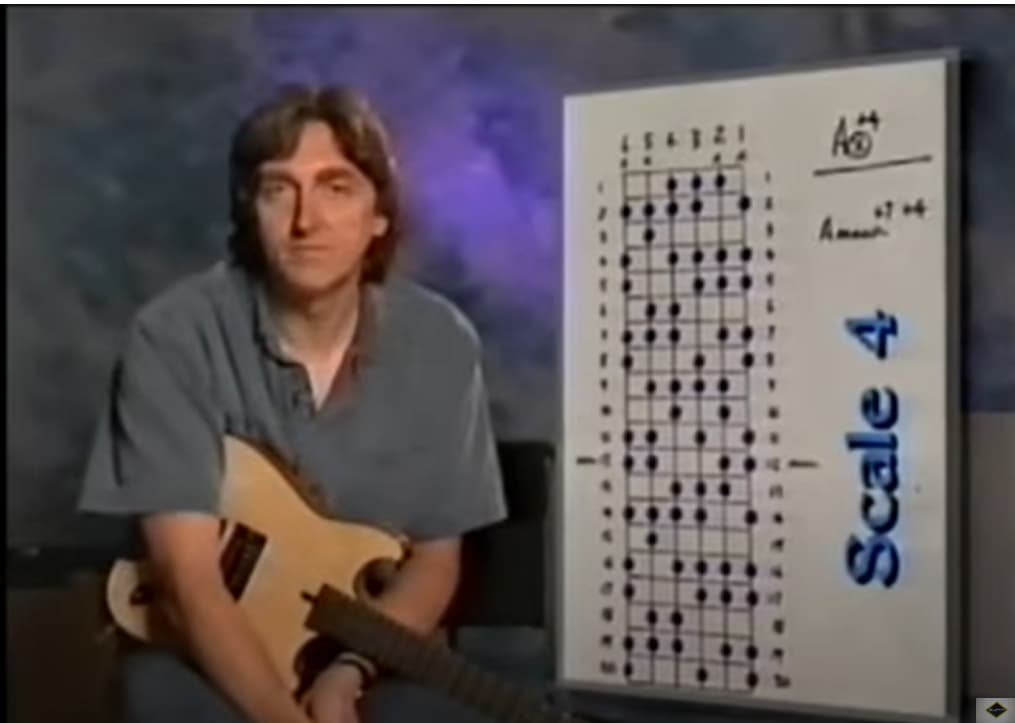Yeah.
And is that true? “on average, the number of players with debilitating fretting hand challenges isn’t in the same ballpark as those with debilitating picking technique issues.”
Perhaps the fretting hand is deceptively putting the blame on the picking hand…?
For example, if your three note per string fretting is uneven then it’s going to trip up the picking hand. I find this fretting issue is really reveled in sweeping, if my fretting is sound the picking will flow along too. And the picking doesn’t even need to be that accurate as long as it’s fed decent fretted notes. But when you do trip up, you feel it most obviously in the picking hand, because it falls over dispite the fretting being what tripped it up.
If we think about speed, you literally can’t pick faster than you can fret. It’s the bottleneck. Not talking about tremolo ofcourse.
I also find the enjoyment of picking well and fast overshadows being musical, as it sends you into a lot of lines rhythms that you play well, taking priority over a more melodic route. And it can be hard to stop the almost automatic tourettes nature of that mechanical satisfaction, when the picking hand is involved I really can feel it taking priority over listening to what you’re playing, and the fretting hands development.
Obviously I’m not claiming picking isn’t important. But I do think fretting is more important. As I believe it’s what determines what you can do on the guitar. And the picking hand is secondary to that.
What I mean by “you can’t go fast if you don’t know where you’re going”, is the fretting hand is like the steering wheel. If you’re steering well you can put a lot more force on the accelerator without crashing. Crashing being getting tripped up in your picking.
Doing legato is a good example of how the fretting hand, in my opinion, is causing a lot of picking issues. Most people can legato faster than they can pick, but thats because you don’t have to worry about being even when doing legato, you can just go for it, not having to worry about feeding the picking hand even notes. When we have to start picking the fretting needs to become even and manageable to be fed into the back n forth of our picking hand, if your fretting isn’t even, it causes the pick to encounter uneven forces and uneven timing, and it gets tripped up. And blamed. But it was the fretting that caused it. Even tho it feels like the picking hands fault.




